Bulbs, Bunnies and Bambi
Bulbs, Bunnies and Bambi
Planting bulbs and keeping critters at bay.
If you’ve ever planted bulbs in the fall, only to have a squirrel or other small animal dig them up that very night, this post is for you. If you’ve been joyful to see the tulips budding in the the spring, only to find that a rabbit or deer has eaten them all before they opened, read on. It’s time to plant bulbs, and we have tips for how to prevent animal damage.
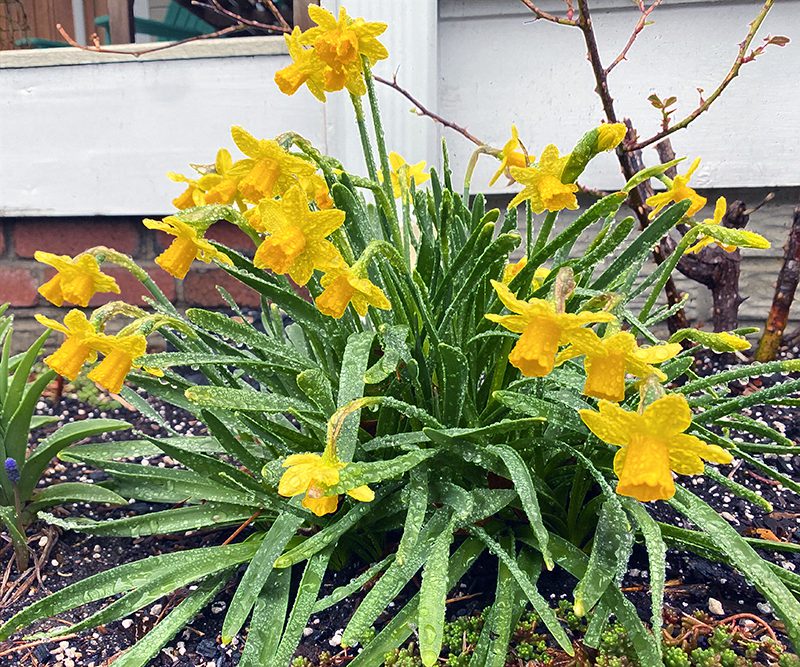
What bulbs can I plant that the deer and rabbits won’t eat?
There are many spring-flowering bulbs that the critters will leave alone. Daffodils, allium, Camassia, and wood hyacinths are just a few. Did you know that on most packages of bulbs they will have a symbol that shows a plant isn’t favored by deer? And the ones that are deer-resistant are usually distasteful to the bunnies as well. See the packages of pictured below.
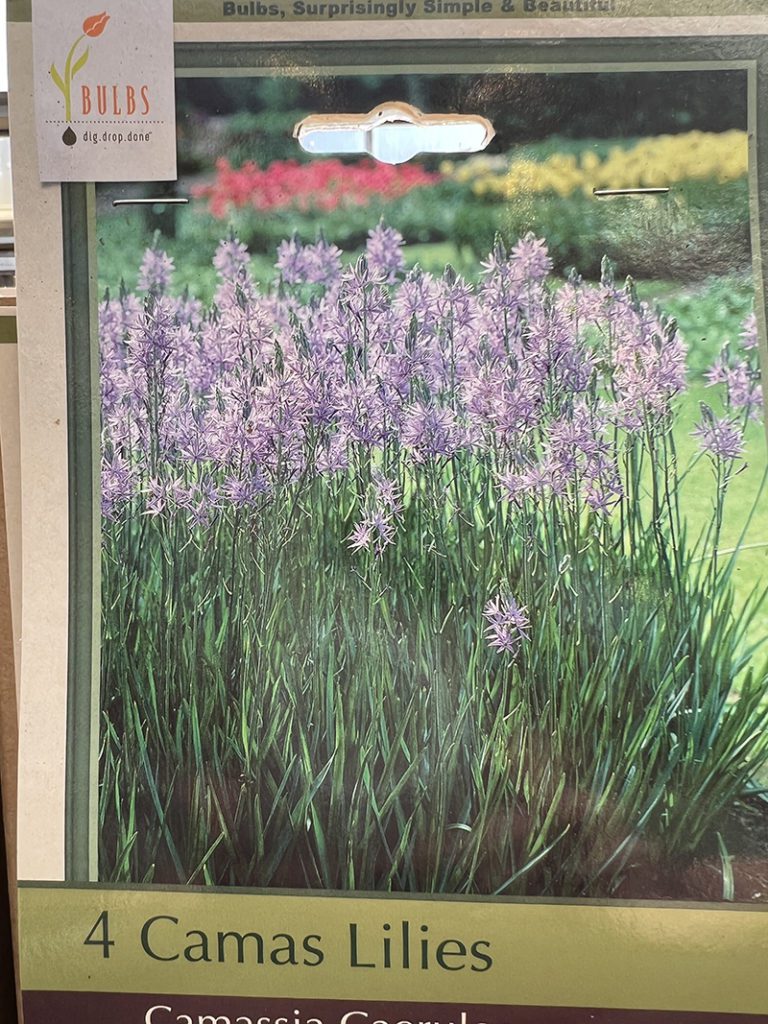
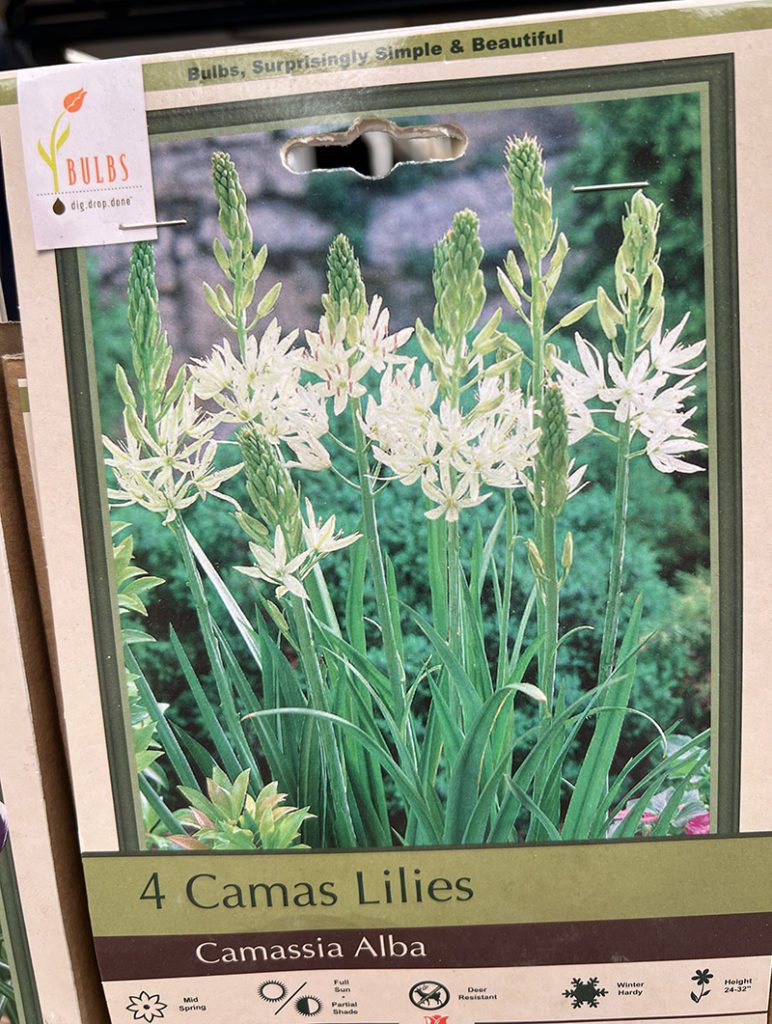
I planted tulips last year and the rabbits ate them all!
Unfortunately, bunnies and deer love tulips as much as we do…or more. There are two ways to deal with this. First, you can spray the plants with liquid Plantskydd as soon as they come up, and again when they form their flower buds. Plantskydd is blood-based, and the liquid gets the smell into the plants so that it repels critters for weeks. Although you will see and smell it when you first spray it on, both odor and look go away after 24 hours. The key is to spray it right when the tulips poke up, and again when the flower buds appear.
The second way to grow tulips that the critters won’t eat is to plant them in large pots or boxes on your deck or porch. The key to success with bulbs in containers is to be sure to use fresh potting soil and only plant in containers with drainage holes. (You can use this soil for planting summer annuals in those containers next year, once the bulbs are finished and removed.
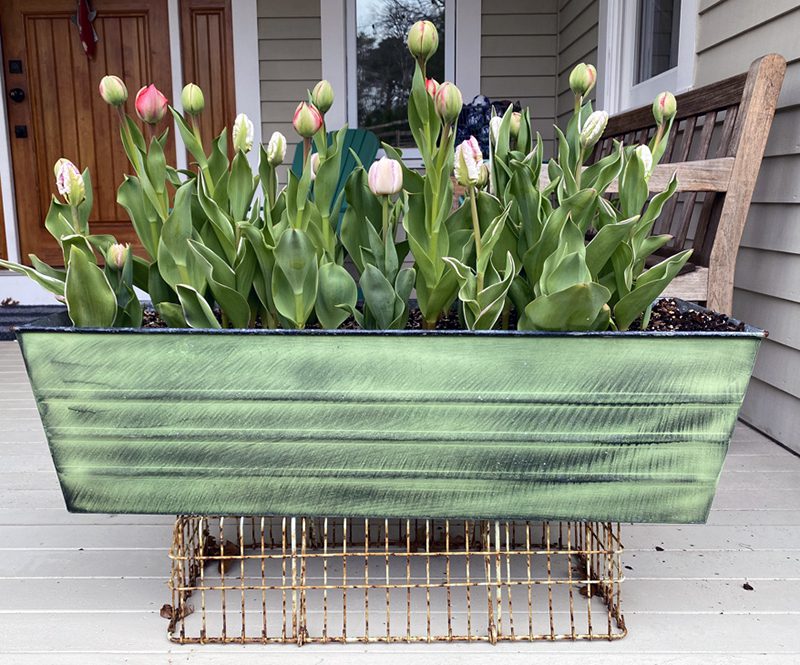
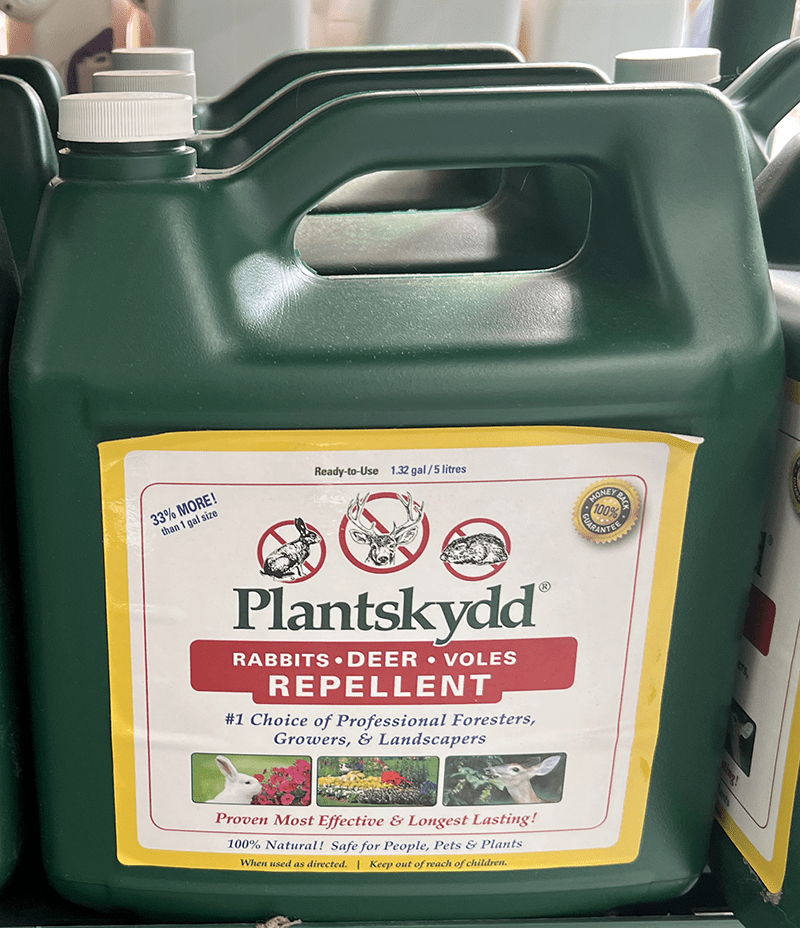
Last year something dug up all the bulbs I planted the night after I put them in the ground.
The best way to avoid having the squirrels, voles, or skunks dig your bulbs is to water them in really well right after you’ve planted them. Critters sense disturbed soil, and they are likely to poke around to see what might be down in that loosened earth. Watering the area very well to settle things in is the best way to avoid having your bulbs dug up. Another way to keep squirrels away is to scatter cayenne pepper on top of the soil after you’ve watered the area.
The time I planted tulips, something snapped their tops off and left the flowers on the ground. Infuriating!
Tulip vandals! If the flowers aren’t eaten, this is usually the work of squirrels, who break off the flower so that they can lap at the water that is drawn up the stem. Since plant juices are usually high in sugar, we can imagine that the squirrels are creating their own personal soda-fountain. Shaking cayenne pepper over the opening tulip bulbs can help keep the Tulip Terrorists away.

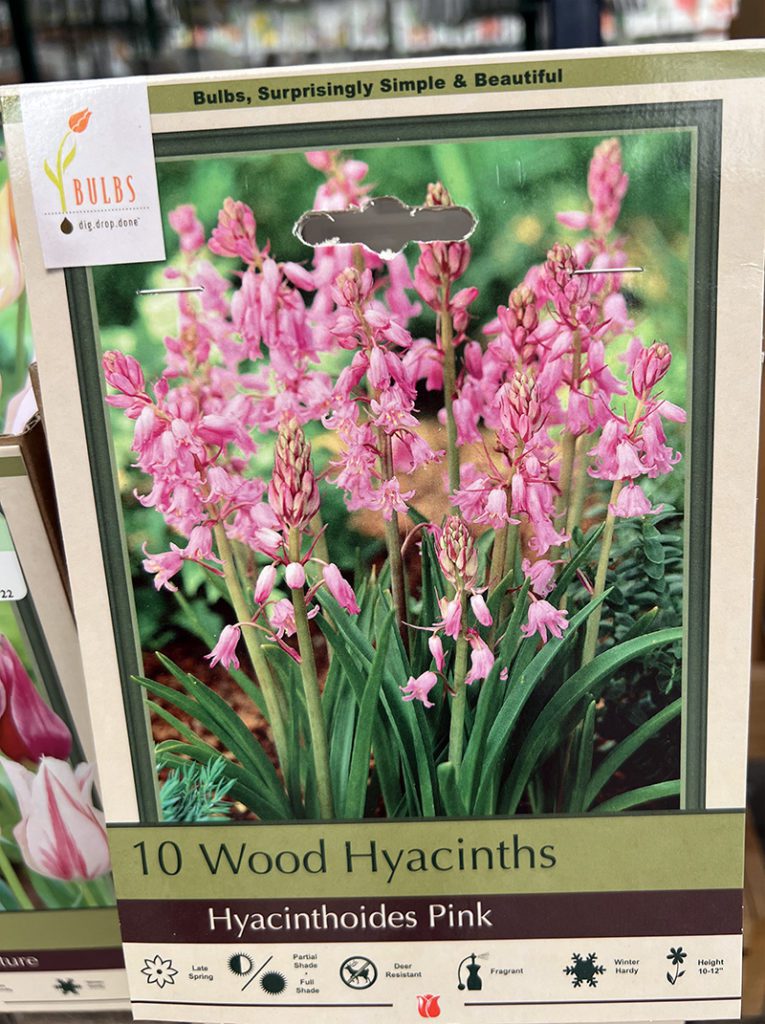
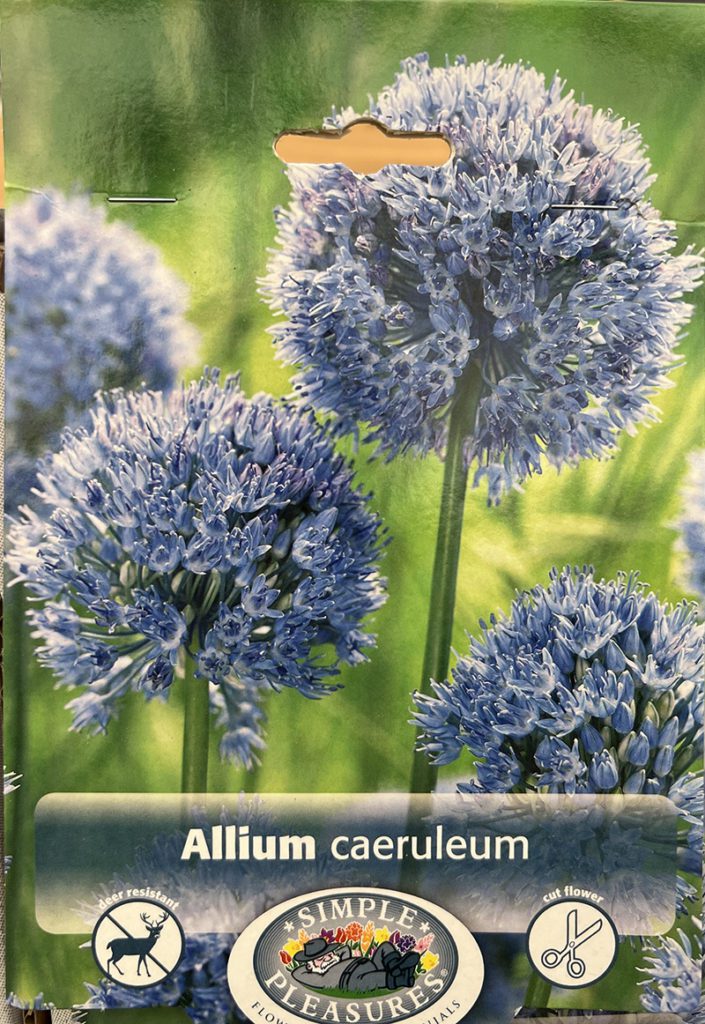
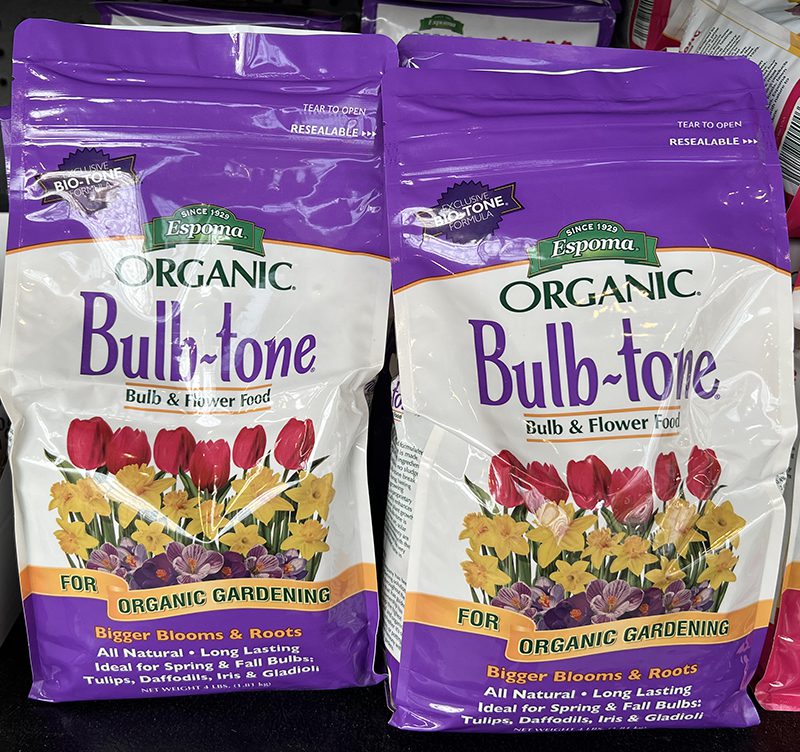
For a report on research about the depth for planting bulbs, see this from Cornell University.
3 Comments
Leave a Comment
Subscribe To Our Newsletter
Sign up for our weekly email about sales and events.

Great article! Thanks!
Please clarify the best time to feed established daffodil plants with Espoma Bulb-Tone: 1) when the foliage has emerged but before blooming, OR 2) while they’re blooming OR, 3) after they’ve bloomed and the flower has passed/faded. Also, is there an organic/natural liquid-feeding option that you’d recommend (Neptune’s Harvest, for example)? If so, when should that be applied to daffodil plants? Thanks a bunch!
Joe,
If your daffodils are planted in sandy soils, applying a light application of granular organic such as Bulbtone or Planttone in early April is the best. Organic fertilizers take about 6 weeks to become available to plants, and you want those bulbs to have access to the nutrients while the leaves are green and feeding the bulbs for next year. So fertilizing now, and leaving the foliage until it turns yellow in early June, is the best way to go. If you use the granular now you don’t also need a liquid. If you use a liquid that’s organic, I’d apply it now too. You can apply organics at this time because, as I say, they are slow-release and won’t be feeding the plant until into May.